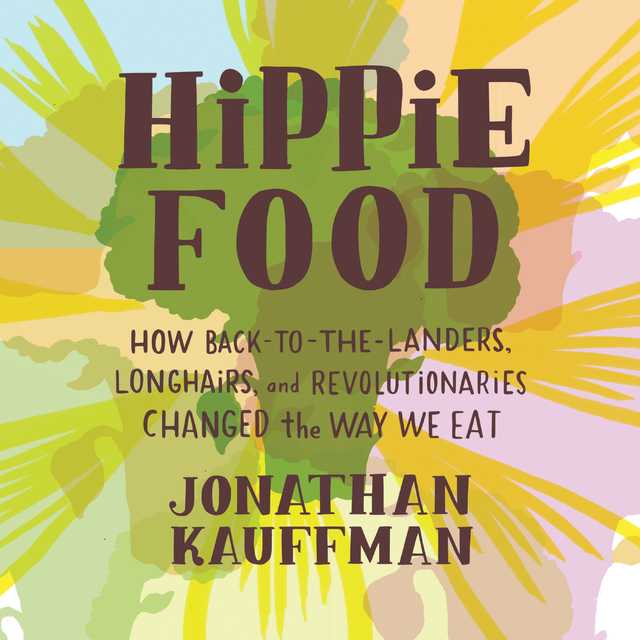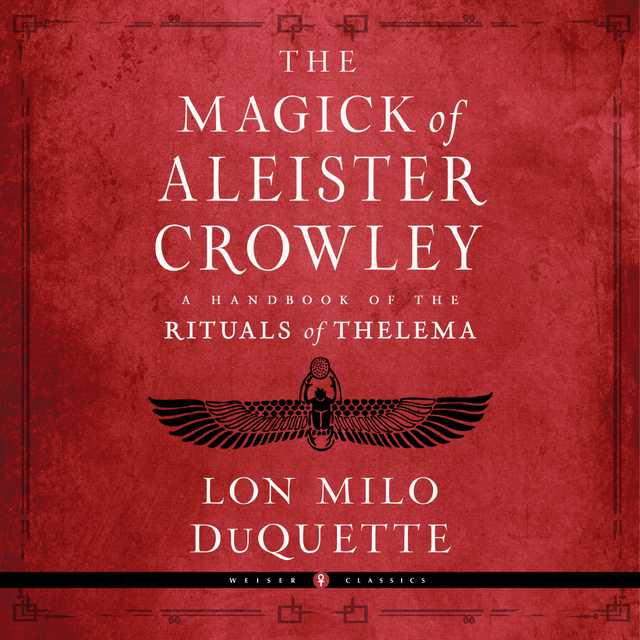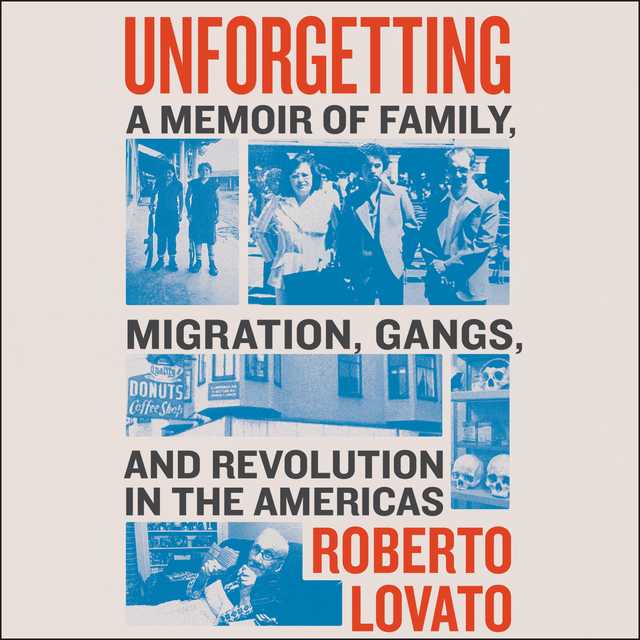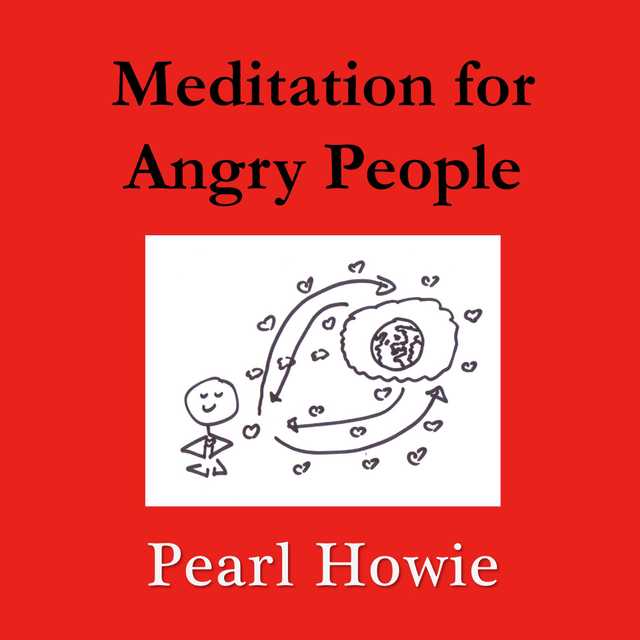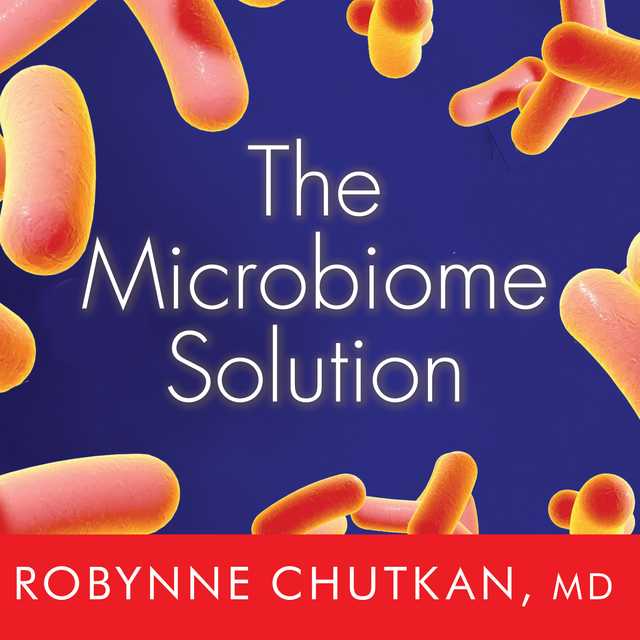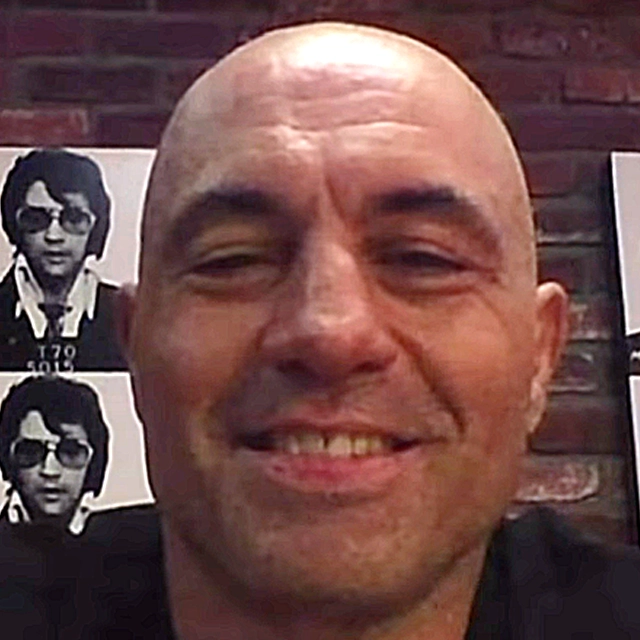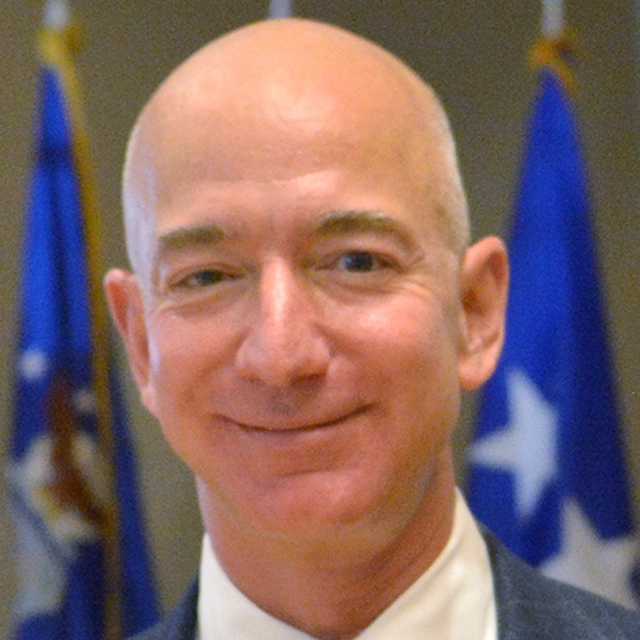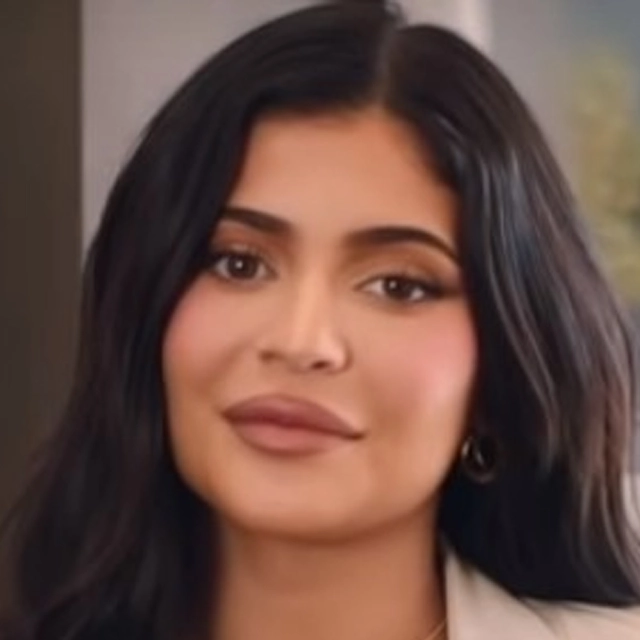Hippie Food Audiobook Summary
An enlightening narrative history–an entertaining fusion of Tom Wolfe and Michael Pollan–that traces the colorful origins of once unconventional foods and the diverse fringe movements, charismatic gurus, and counterculture elements that brought them to the mainstream and created a distinctly American cuisine.
Food writer Jonathan Kauffman journeys back more than half a century–to the 1960s and 1970s–to tell the story of how a coterie of unusual men and women embraced an alternative lifestyle that would ultimately change how modern Americans eat. Impeccably researched, Hippie Food chronicles how the longhairs, revolutionaries, and back-to-the-landers rejected the square establishment of President Richard Nixon’s America and turned to a more idealistic and wholesome communal way of life and food.
From the mystical rock-and-roll cult known as the Source Family and its legendary vegetarian restaurant in Hollywood to the Diggers’ brown bread in the Summer of Love to the rise of the co-op and the origins of the organic food craze, Kauffman reveals how today’s quotidian whole-foods staples–including sprouts, tofu, yogurt, brown rice, and whole-grain bread–were introduced and eventually became part of our diets. From coast to coast, through Oregon, Texas, Tennessee, Minnesota, Michigan, Massachusetts, and Vermont, Kauffman tracks hippie food’s journey from niche oddity to a cuisine that hit every corner of this country.
A slick mix of gonzo playfulness, evocative detail, skillful pacing, and elegant writing, Hippie Food is a lively, engaging, and informative read that deepens our understanding of our culture and our lives today.
Other Top Audiobooks
Hippie Food Audiobook Narrator
George Newbern is the narrator of Hippie Food audiobook that was written by Jonathan Kauffman
A line cook turned journalist, Jonathan Kauffman is an International Association of Culinary Professionals and James Beard Award-winning staff writer at the San Francisco Chronicle. He served as the restaurant critic at the East Bay Express, Seattle Weekly, and SF Weekly for more than a decade, and has contributed regularly to San Francisco magazine, Lucky Peach, and Wine & Spirits. His articles have also been anthologized in several editions of Best Food Writing. A native of Indiana, he now lives in San Francisco.
About the Author(s) of Hippie Food
Jonathan Kauffman is the author of Hippie Food
More From the Same
- Publisher : HarperAudio
- Abraham
- American Gods [TV Tie-In]
- Dead Ringer
- House of Sand and Fog
- Prey
Hippie Food Full Details
| Narrator | George Newbern |
| Length | 9 hours 13 minutes |
| Author | Jonathan Kauffman |
| Category | |
| Publisher | HarperAudio |
| Release date | January 23, 2018 |
| ISBN | 9780062696038 |
Subjects
The publisher of the Hippie Food is HarperAudio. includes the following subjects: The BISAC Subject Code is Agriculture & Food, Social Science
Additional info
The publisher of the Hippie Food is HarperAudio. The imprint is HarperAudio. It is supplied by HarperAudio. The ISBN-13 is 9780062696038.
Global Availability
This book is only available in the United States.
Goodreads Reviews
Julie
February 03, 2019
Hippie Food by Jonathan Kauffman is a 2018 William Morrow publication.Informative and educational!! This well- researched book delves into the way the sixties counterculture raised awareness and concerns about preservatives and other food additives, and changed our eating habits, incorporating brown rice, wheat bread, tofu, and organics into mainstream consciousness, and into supermarkets. These foods now grace our tables as everyday staples, a far cry from the white rice, white flour, and packaged white bread frequently used in households up to that point. “Health in America is controlled by the refined food industrialists who support a multi-million- dollar business.” Adelle DavisWhy did the counterculture start eating foods like brown rice, tofu, granola, and whole-wheat bread in the 1960’s and 1970’s? Tracing just how these fringe ideas and ingredients spread to so many communities felt like an impossible task, fifty years later. When I would ask former hippies why they thought natural foods had taken off all over the country at the same time, swear to God, half a dozen of them answered, “Magic”. Then I would start talking to them about what they themselves were during those years and the real answer emerged: travel.As a child, I remember my parents buying that brick style block of Sunbeam white bread. It really wasn’t until much later- in the 1980’s that wheat bread became more commonplace, at least in my neck of the woods. Now, I simply can’t imagine ever buying white bread again. I haven’t eaten white bread in decades. I never gave much thought as to how or when these changes began to take hold, but once I started reading this book, I was surprised by the humble beginnings of organic and brown rice farming, and the history of wheat bread. ‘Gypsy Boots feel so fine, I feel so great. So, let me go open that gate. I just have a had tremendous date with a glass of milk and a soy bean cake. All my muscles are strong and loose, because I drink lots of mango juice. For scorns and frowns I have no use, cause I feel wild as a goose. Life is a game of take and give. The world is my brother and I love to live. So, what’s this living really worth if there isn’t any peace on earth.’For the foodie, this is a fun and fascinating journey, written with a little wit and humor, and loaded with interesting trivia. Be aware, though, that if you are looking for a recipe book, this is not one. However, if you are into organics and healthy foods you will find this book to be very interesting. I really enjoyed this book tremendously. It was a learning experience and I discovered so many things about whole foods, and the fun history behind the trends and how they eventually became our ‘new normal’.
Susan
January 18, 2018
Great! I was there. My boyfriend at the time pulled me into the basement Erewhon on Newbury St and stated we were on a bad eating trip. I was young and must have looked stupid as Root gave me a long lecture on how to cook brown rice. I had all of these cookbooks at one time. I don't have an obsessive personality, so I used a part of each and still do. To me the best part of that movement was "back to the land", where I went and stayed with all my gardens. We were so altruistic weren't we? Am I glad the supermarkets now have little plastic containers of yogurt and organic vegetables because of our drive for a better world? I guess. Kauffman does a great job with his research. It was interesting to hear the California back story. What I say is, eat good food not necessarily exotic. Thank you Johnathan Kauffman for thememories
Linda
February 11, 2018
I met my husband to be just before Earth Day at a food coop organizational meeting with the students and the American Friends Service Committee at Caltech. The book's story parallels our experiences with natural food, the back to the land movement and cooperative, democratic organizations. I still cook whole grains and buy organic foods. My son's first job while in high school was at a worker owned and run natural food store. It was a nostalgia trip reading about our contemporaries. The good things of the movement are still with us. Alas, corporatization has gobbled up the independent brands and stores that created and promoted awareness of organic food even though it has increased availability.
Jenn
February 07, 2018
I have been a self-taught cook since the age of 12. Two of the cookbooks that were important to me as a young cook were early 1980s editions of hippie cookbooks, The New Laurel’s Kitchen and Whole Foods for the Whole Family. Before I ever baked a fluffy loaf of challah I struggled with a sticky loaf of whole wheat bread from Laurel’s bread chapter. So when I came across Hippie Food I was eager to read how those dense, earnest foods came to be. Hippie Food delivers, with rambling chapters about co-ops, back to the land farms, tofu, and macrobiotic foods (I had always wondered what that was). I heartily recommend it to anyone who has an enthusiasm for slightly out of the mainstream health foods and history.
LeAnn Locher
March 04, 2018
I loved this book but I love cultural anthropology and especially when we look to food for reflection of cultural shifts and norms. It's easy to think that the issues or new trends we face today are new and unique: they are not and can easily be seen originating from generations before us. I loved learning about the rise of the organic movement, granola, vegetarianism, co-ops, tofu and their integral connection to politics. It's from a white privileged perspective and the author points this out. It gets a bit long in places, but keep pushing through. So many brands I know and recognize come from the "hippie food" of the 70s: it was fun learning more about them. I have a new appreciation for Lundberg rice and the radical idea of eating whole wheat bread.
Geoffrey
June 28, 2019
We listened to the audiobook version of “Hippie Food” by Jonathan Kauffman while (appropriately) on a road trip up the Northern California coast. The book attempts to tell the origin story of the cuisine that will be familiar to readers who shop at food co-ops, visit vegetarian restaurants, or grew up with liberal parents from the baby boom generation. The book starts with a sort of pre-history by reviewing some of the major nutritional fads that swept the country before world war two – fads like raw food, vegetarianism, and macrobiotics that were swirling around in the zeitgeist when the counter-culture movement began thinking about the political implications of its food in the 1960s. The book then uses extensive interviews to trace the introduction of a variety of foods (whole-wheat bread, tofu, sprouts, brown rice, and granola) and food-related practices (food co-ops, vegetarianism, farmer’s markets, and organic farming) into the American food scene from the 1950s to the 1970s. The book is well-written with healthy injections of humor and skepticism over some of the more baldly pseudoscientific claims of the movement. Kauffman also does a good job with the challenging task of trying to connect the dots between the many independent stories and events that comprised a decades long movement that was by nature anarchic and disorganized. This is a great book if you eat or are interested in food and food politics, though you should be warned that you might wind up with some new cookbooks and cooking projects by the time you’re finished.
Simone
September 22, 2020
"Tracing just how these fringe ideas and ingredients spread to so many communities felt like an impossible task, fifty years later. When I would ask former hippies why they thought natural foods had taken off all over the country at the same time, swear to God, half a dozen of them answered, “Magic”. Then I would start talking to them about what they themselves were during those years and the real answer emerged: travel."I needed something for the 2020 Read Harder challenge item, "Read a food book about a cuisine you’ve never tried before," and honestly, I was having trouble coming up with a cuisine that I hadn't at least tried before. Someone in a group suggested this book, and given that I've mostly avoid alternative proteins my whole life, it seemed like a fitting assignment. I wasn't sure what to expect or if this would be too dry, but I was relieved to find it to be funny, engaging history of brown rice, macrobiotics, vegetarianism and tofu and more. Would recommend on audiobook. Read for Book Riot's 2020 Read Harder Challenge item: Read a food book about a cuisine you’ve never tried before.
Anara
April 14, 2018
I moved to the Twin Cities in the late 70s and found work at North Country Co-op as a produce buyer. I procured fruits and veggies from the farmers' market, Fruits and Roots, and the People's Warehouse. I ate meals at Seward and Riverside Cafes. Bikes came from Freewheel Co-op, clothing and sewing patterns from a general store co-op on Riverside Boulevard, spices from Red Star Co-op, and cheese from the Cheese Rustlers. We went to the free clinic for health care and listened to Fresh Air Radio (where I later worked). The co-operative economy was robust and I gloried in keeping our small funds local and doing good.Nevertheless, I learned a lot from the new book by Jonathan Kauffman "Hippie Food". As his subtitle declares: "how back-to-the-landers, longhairs and revolutionaries changed the way we eat". One might add "and WHAT we eat" as well, since so much of what you may now take for granted at your local restaurant, Trader Joe's and the behemoth Whole Foods (which gobbled up the far superior Wild Oats and Bread and Chocolate, among others). Kauffman brings a journalist's eye and a historian's approach to tracing the roots of whole-grain diets, yogurt, fiber, tofu and much more. He illuminated for me why the Austin-to-Minneapolis network existed and some of the history of macrobiotics in the US that I never knew.Whether you lived through those generative days or not, you will find this account fascinating and sure to be relevant to more than one item in your pantry or fridge!
Wendy
March 22, 2018
A nice overview of the history of "health nut" foods, mostly focused on the 1950s-1980. There are lots of oversized personalities and crazy food theories in here, which makes it a really fun read. But most of all, it's kind of amazing how little has changed in our thoughts on what makes food healthy--the real changes have been in what makes food *tasty*.The ending, though, a recounting of the ways the anticapitalist counterculture faded away, is pretty depressing.
Debra
May 19, 2020
Hippie Food is a scholarly but entertaining read. Kauffman traces the influences of the very early health food movement, organic farming communes, macrobiotics, and veganism. Can I just say "I had no idea"? I guess I have always been aware that the 60s and 70s had influenced the way we eat, especially when vegetarianism is concerned. This book goes way beyond the hippie movement and starts all the way back in the early 20th century with those finding the health benefits of raw food.Hippie Food is not however about hippies exclusively. While all the health food movements during the last century seemed to be lead by colorful characters, the gamut of leaders run from Zen masters to surfers to Seventh-Day Adventists to homesteaders.As is often the case with a Cook the Books selection, I learned a lot. I was reminded of another featured book way back in 2012, The United States of Arugula by David Kamp. In that book I learned what life might be like without olive oil and goat cheese.From Hippie Food, I realized what our world would look like without brown rice, any soy products, Farmers Markets, and organic foods. On a frightening note, I was also given a glimpse into a world with white Wonder bread only. (Shudder!)Thank you, Seventh-Day Adventists for not letting whole-grain bread die and for converting many white flour recipes to graham flour in your cookbooks. Where would we be if we only had white bread or the "staff of death" to fuel us (109). (Bernarr Macfadden coined this phrase back in the 1910s according to Kauffman.) The chapter entitled "Brown Bread and the Pursuit of Wholesomeness" was fascinating. I really want to make Adelle Davis' Whole Wheat Bread or "Spirit of Love" bread (118). Alas, whole wheat flour is hard to come by now so I had to pass on that idea.Sometimes, I think I was born too late. I can so see myself running off to join a commune or organic farming cooperative in the 70s for the sense of commuity and culture and passionate belief. Kaufmann quotes Robert Houriet, a commune chronicler and traveler: The self needs a community; a community needs a culture; and a culture---here's the rub---needs spirit. Without it, a society falls flat like bread without yeast. Somewhere the spirit lives; through the woods, over the hills there lies some unknown pond in the lap of mountains reflecting the infinite sky. (188) I've always been a Thoreau fan and this passage leave me wanting to explore Walden Pond.I was really surprised to find that some of the hotbeds of many of these movements were located relatively close to our area like Fayetteville and Springfield. Definitely a college-town thing.This should have been a no brainer, but I did not realize that farmers markets were reborn from the organic farming movements in Vermont. And, I would never have guessed that the soy milk in my fridge can trace its roots back to hippies in Tennessee.Kauffman also chronicles restaurants and the parts they played in moving along health food and vegetarianism like California's The Aware Inn and the Health Hut plus The New Riverside Cafe in Minneapolis. He also details the food cooperative rise and of course the birth of Whole Foods in Austin.In his conclusion, Kauffman does bring it all together. Hippie food is healthy and it's what we all should be eating. Even the USDA now concurs. "Hippie food had become the gold standard for nutrition" (284).The foods that the hippies, back-to-landers, longhairs and revolutionaries promoted and championed are now mainstream. These once foreign and strange ingredients are now in our pantries. "They slip into the meals we throw together after a long workday" (287). "When brown rice reminds us all of our childhoods, then the hippie food revolution will finally be won" (287). I think that time has arrived.
Georgianne
June 19, 2018
I really really enjoyed this book. My husband and I attempted to be vegetarians back in high school circa 1973-4. We were again for 17 years after we were married because he read a Time-Life article on CAFO farming while we were standing in line at the grocery store. (We drove straight to my parent's house and gave all the meat we had just bought to my mom.) Each time it fell by the wayside for whatever reason; lack of support, lack of available ingredients, and maybe more specifically, the inability to find decent and cheap vegetarian food while we traveled around the country playing music with our young daughters. But the foods, the politics, and the cookbooks mentioned in this book all brought back memories of those earlier days. After a bit of a hiatus, we became vegans. Although, my husband eats fish now and again because he's not too thrilled with getting all his B12 from supplements. Anyway, it was an interesting read and filled in a lot of information gaps that were going on in the world that I either wasn't fully aware of or have forgotten over the years. And helped reconnect my old self's beliefs with my younger self.
Karl
December 27, 2020
Densely packed with tons of well researched info on how organic food, co-ops, etc went from bizarre oddities to mainstream. Things like brown rice, whole wheat bread, tofu were alien to us all until the movement lead by the “hippies” ( and people like my mom) decided they were sick of buying processed crap from The Man. Makes you want to even healthier. Vermont gets a nice well deserved shout out for its leading role in this movement.
Most Popular Audiobooks
Frequently asked questions
Listening to audiobooks not only easy, it is also very convenient. You can listen to audiobooks on almost every device. From your laptop to your smart phone or even a smart speaker like Apple HomePod or even Alexa. Here’s how you can get started listening to audiobooks.
- 1. Download your favorite audiobook app such as Speechify.
- 2. Sign up for an account.
- 3. Browse the library for the best audiobooks and select the first one for free
- 4. Download the audiobook file to your device
- 5. Open the Speechify audiobook app and select the audiobook you want to listen to.
- 6. Adjust the playback speed and other settings to your preference.
- 7. Press play and enjoy!
While you can listen to the bestsellers on almost any device, and preferences may vary, generally smart phones are offer the most convenience factor. You could be working out, grocery shopping, or even watching your dog in the dog park on a Saturday morning.
However, most audiobook apps work across multiple devices so you can pick up that riveting new Stephen King book you started at the dog park, back on your laptop when you get back home.
Speechify is one of the best apps for audiobooks. The pricing structure is the most competitive in the market and the app is easy to use. It features the best sellers and award winning authors. Listen to your favorite books or discover new ones and listen to real voice actors read to you. Getting started is easy, the first book is free.
Research showcasing the brain health benefits of reading on a regular basis is wide-ranging and undeniable. However, research comparing the benefits of reading vs listening is much more sparse. According to professor of psychology and author Dr. Kristen Willeumier, though, there is good reason to believe that the reading experience provided by audiobooks offers many of the same brain benefits as reading a physical book.
Audiobooks are recordings of books that are read aloud by a professional voice actor. The recordings are typically available for purchase and download in digital formats such as MP3, WMA, or AAC. They can also be streamed from online services like Speechify, Audible, AppleBooks, or Spotify.
You simply download the app onto your smart phone, create your account, and in Speechify, you can choose your first book, from our vast library of best-sellers and classics, to read for free.
Audiobooks, like real books can add up over time. Here’s where you can listen to audiobooks for free. Speechify let’s you read your first best seller for free. Apart from that, we have a vast selection of free audiobooks that you can enjoy. Get the same rich experience no matter if the book was free or not.
It depends. Yes, there are free audiobooks and paid audiobooks. Speechify offers a blend of both!
It varies. The easiest way depends on a few things. The app and service you use, which device, and platform. Speechify is the easiest way to listen to audiobooks. Downloading the app is quick. It is not a large app and does not eat up space on your iPhone or Android device.
Listening to audiobooks on your smart phone, with Speechify, is the easiest way to listen to audiobooks.

